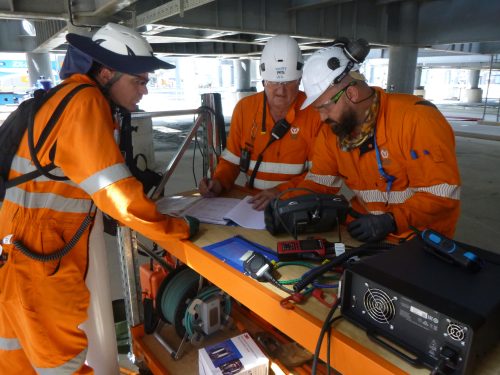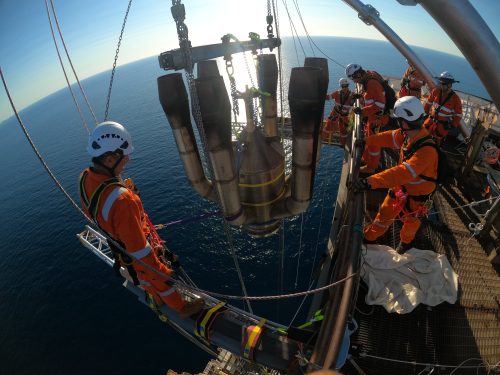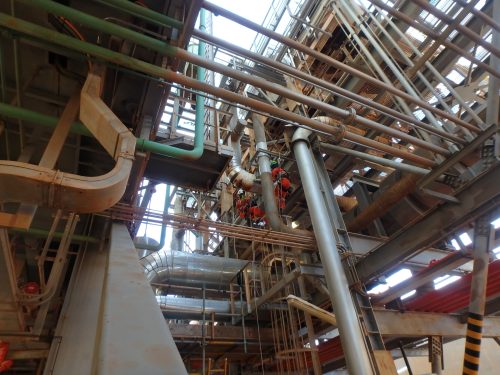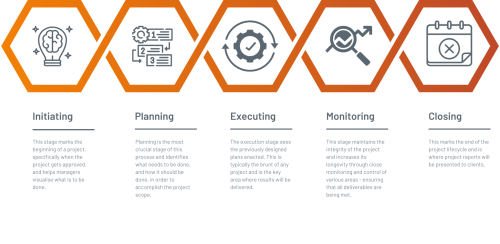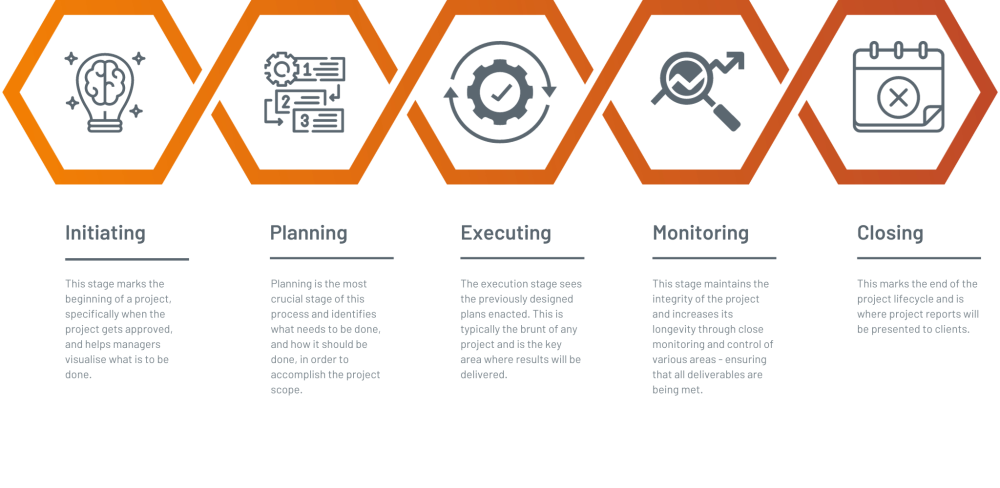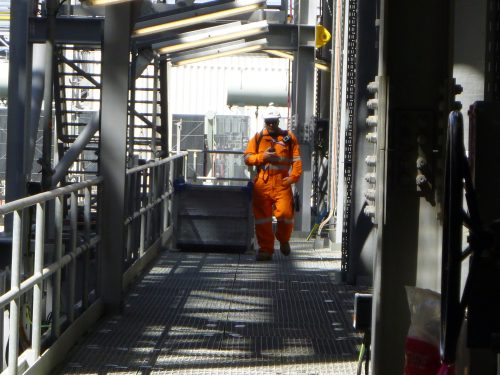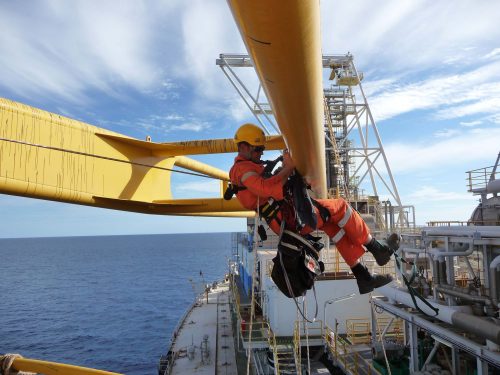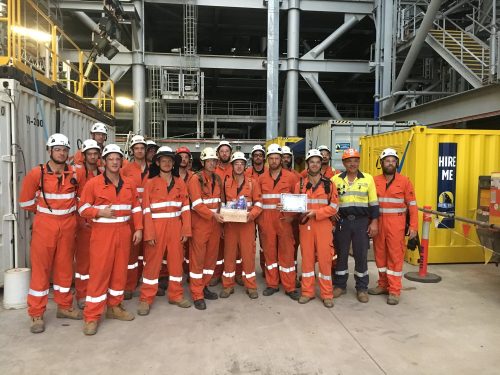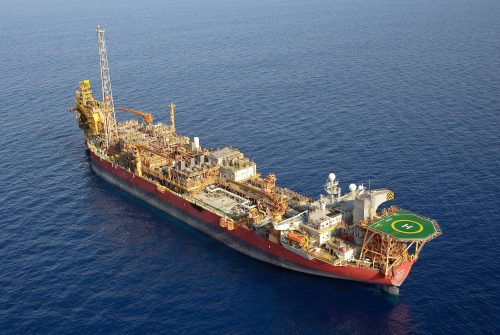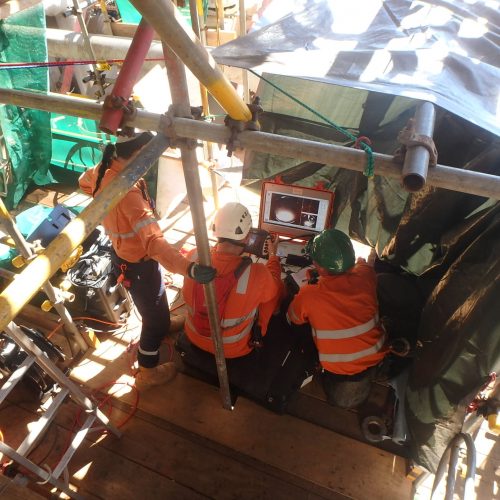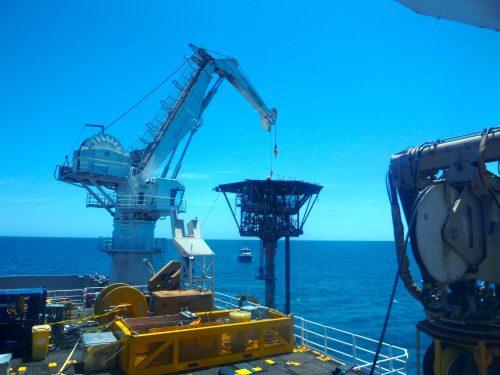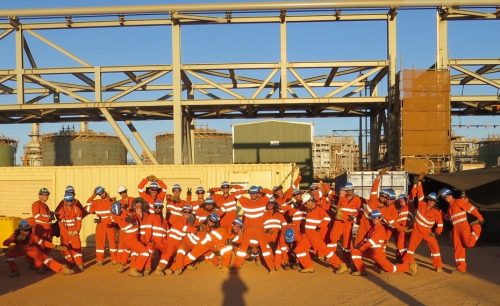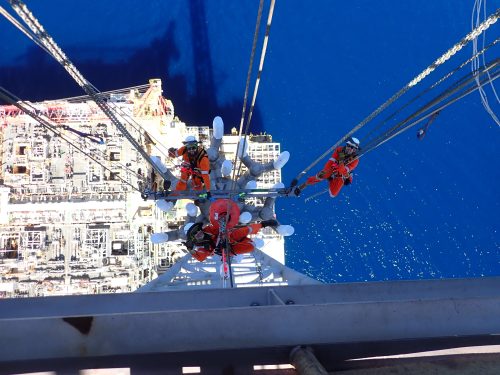
At Vertech, we have excelled at project and program management across the inspection, brownfield project, construction, and commissioning phases of an asset’s operating life. Our approach is simple: listening to the client’s requirements and applying a dedicated and highly experienced team.
Our experience has shown us that early stakeholder engagement is critical; comprehensive planning, strong monitors and controls, robust change management and effective communication are crucial to success.

